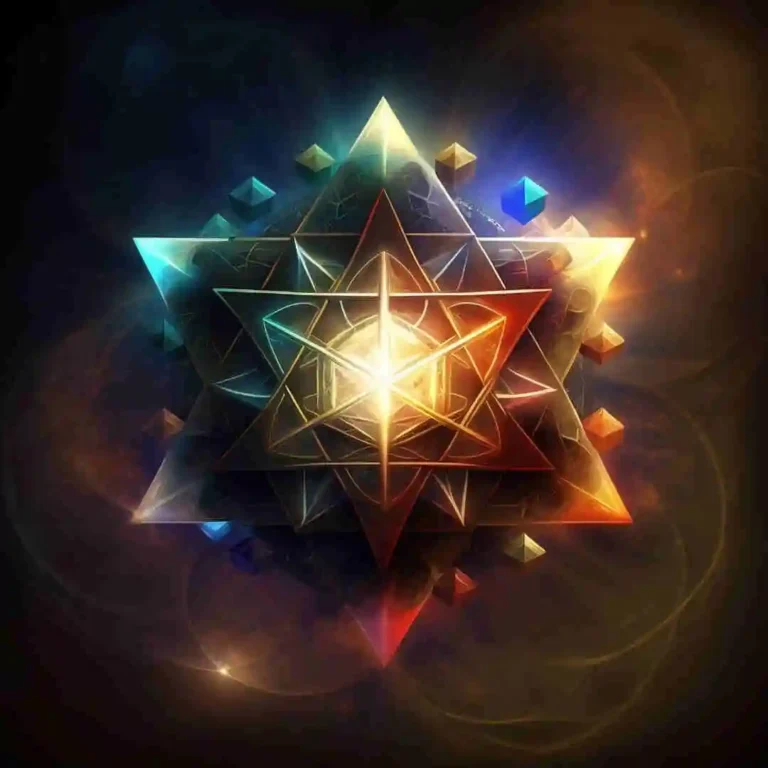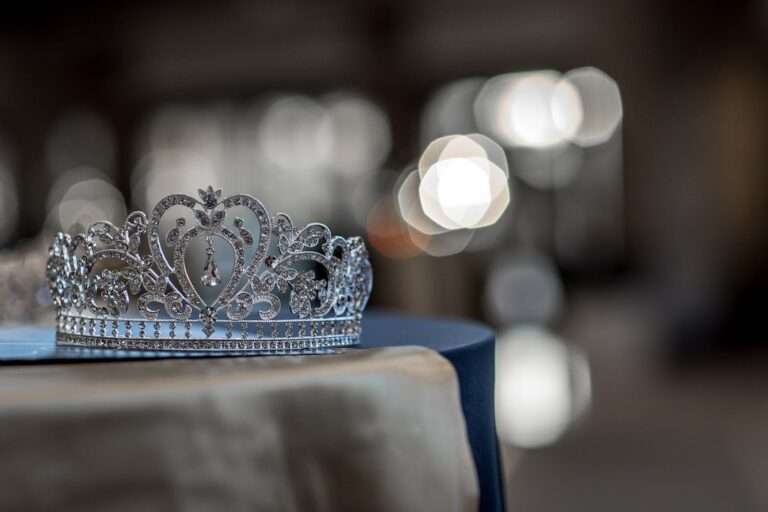The Symbolic Power of The Wheel: Exploring Its Significance in Mythology, Religion, and Culture

The wheel is a symbol that has been used by humans for thousands of years. It is a simple yet powerful image that represents movement, cycles, and the passage of time. The wheel can be found in various forms and contexts across different cultures and religions, and its significance goes beyond its practical use as a means of transportation.
Symbols play a crucial role in human culture. They are visual representations that convey meaning and communicate ideas. Symbols have the power to evoke emotions, create connections, and convey complex concepts in a simple and universal way. They are a language of their own, transcending barriers of language and culture.
Key Takeaways
- The wheel is a powerful symbol that has been used across cultures and throughout history.
- It represents cycles of life, nature, time, and destiny, as well as transformation and transmutation.
- In mythology, the wheel is associated with creation and destruction, while in religion it is linked to karma and reincarnation.
- The wheel is also present in cultural traditions, such as the cycles of life and nature, and in divination practices like tarot and astrology.
- Finally, the wheel has enduring significance in philosophy, where it represents the concept of the eternal return.
The Wheel as an Archetypal Symbol
Archetypes are universal symbols or patterns that exist in the collective unconscious of all humans. They are innate and instinctual, representing fundamental aspects of human experience and psychology. The wheel is considered an archetypal symbol because it taps into deep-seated human instincts and resonates with our collective unconscious.
The wheel represents the cyclical nature of life, the eternal cycle of birth, death, and rebirth. It symbolizes the continuous movement and change that is inherent in the human experience. The wheel also represents balance and harmony, as it is a perfectly symmetrical shape that rotates smoothly.
The Wheel in Mythology: Creation and Destruction
The wheel can be found in creation myths from various cultures around the world. In Hindu mythology, for example, the god Vishnu is often depicted as riding on a wheel called the Sudarshana Chakra, which represents his power to create and destroy. In Norse mythology, the god Thor is associated with a chariot wheel that brings thunderstorms and destruction.
The wheel is also present in myths of destruction and rebirth. In Greek mythology, the goddess Nemesis is often depicted with a wheel that represents her role as the bringer of divine retribution. In Egyptian mythology, the god Osiris is associated with a wheel that symbolizes the cycle of life, death, and resurrection.
The Wheel in Religion: Karma and Reincarnation
| Religion | Belief in Karma | Belief in Reincarnation |
|---|---|---|
| Hinduism | Yes | Yes |
| Buddhism | Yes | Yes |
| Jainism | Yes | Yes |
| Sikhism | Yes | No |
| Islam | No | No |
| Christianity | No | Yes (some denominations) |
In Hinduism and Buddhism, the wheel is a central symbol that represents the concepts of karma and reincarnation. Karma is the law of cause and effect, which states that every action has consequences. The wheel of karma represents the cycle of birth, death, and rebirth that is determined by one’s actions in previous lives.
Reincarnation is the belief in the cycle of rebirth, where the soul is born into a new body after death. The wheel of reincarnation represents this continuous cycle, with each turn of the wheel representing a new life. The goal in both Hinduism and Buddhism is to break free from this cycle and achieve liberation or enlightenment.
The Wheel in Culture: Cycles of Life and Nature
The wheel can be found in various cultural traditions and practices around the world. In Native American culture, for example, the medicine wheel is a sacred symbol that represents the interconnectedness of all living beings and the cycles of life and nature. In Celtic culture, the wheel of the year represents the changing seasons and the cyclical nature of time.
The significance of cycles in human life and nature cannot be overstated. Cycles are a fundamental aspect of existence, from the daily cycle of day and night to the yearly cycle of seasons. The wheel symbolizes this cyclical nature and reminds us of the interconnectedness and interdependence of all things.
The Wheel in Alchemy: Transformation and Transmutation

Alchemy is an ancient philosophical tradition that seeks to transform base metals into gold and achieve spiritual enlightenment. Alchemists used symbols to represent different stages of transformation and transmutation, and the wheel was often used to represent this process.
The wheel in alchemy represents the cyclical nature of transformation, as well as the continuous movement and change that is necessary for growth and evolution. It symbolizes the process of purification and refinement, where the base elements are transformed into something more valuable and pure.
The Wheel in Tarot: Cycles of Life and Destiny
The tarot is a deck of cards that is used for divination and self-reflection. Each card in the tarot deck is associated with a specific symbol and meaning, and the wheel of fortune is one of the major arcana cards that represents cycles of life and destiny.
The wheel of fortune in the tarot represents the ups and downs of life, the cycles of fortune and misfortune that we all experience. It reminds us that life is constantly changing and that we have the power to shape our own destiny. The wheel also represents the concept of karma, where our actions in the past influence our present circumstances.
The Wheel in Astrology: Cycles of Time and Destiny
Astrology is a system of divination that uses the positions of celestial bodies to predict future events and understand human personality traits. The wheel in astrology represents the zodiac wheel, which is divided into twelve signs that correspond to different personality traits and life experiences.
The zodiac wheel represents the cyclical nature of time and the continuous movement of the planets. It also represents the concept of destiny, as each sign is associated with specific qualities and characteristics that shape our lives. The wheel reminds us that we are part of a larger cosmic order and that our lives are influenced by forces beyond our control.
The Wheel in Philosophy: The Eternal Return
The concept of the eternal return is a philosophical idea that suggests that time is cyclical and that everything that has happened will happen again in an infinite loop. This concept was popularized by Friedrich Nietzsche, who believed that embracing the eternal return could lead to a life-affirming and meaningful existence.
The wheel represents the eternal return in philosophy, as it symbolizes the continuous cycle of birth, death, and rebirth. It reminds us that life is not linear but cyclical, and that everything is interconnected and interdependent. The wheel also represents the idea of eternal recurrence, where every moment is repeated infinitely.
The Enduring Significance of the Wheel
Throughout human history, the wheel has been used as a symbol in various contexts and cultures. It represents movement, cycles, and the passage of time. The wheel is an archetypal symbol that taps into deep-seated human instincts and resonates with our collective unconscious.
The wheel can be found in mythology, religion, culture, alchemy, tarot, astrology, and philosophy. It represents creation and destruction, karma and reincarnation, cycles of life and nature, transformation and transmutation, cycles of time and destiny, and the eternal return.
The enduring significance of the wheel as a symbol in contemporary culture cannot be denied. It reminds us of the cyclical nature of life and the interconnectedness of all things. The wheel serves as a powerful reminder to embrace change, find balance, and strive for growth and evolution.
If you’re interested in exploring more symbolism, you might find the article on the symbolism of a snake fascinating. Snakes have long been associated with various meanings and interpretations across different cultures and religions. From representing transformation and rebirth to symbolizing wisdom and healing, the snake holds a significant place in symbolic imagery. To delve deeper into this intriguing topic, check out the article on Symbolism of a Snake.
FAQs
What is Symbolism?
Symbolism is the use of symbols to represent ideas or qualities.
What is The Wheel?
The Wheel is a circular object that rotates around an axis and is used for transportation, machinery, or as a symbol.
What does The Wheel symbolize?
The Wheel is a symbol of movement, change, and cycles. It can represent the cycle of life, death, and rebirth, as well as the cyclical nature of time and seasons.
What cultures have used The Wheel as a symbol?
The Wheel has been used as a symbol in many cultures throughout history, including ancient Egypt, Greece, and Rome, as well as in Hinduism, Buddhism, and Native American cultures.
What are some common phrases or idioms that use The Wheel as a symbol?
Some common phrases or idioms that use The Wheel as a symbol include “reinventing the wheel,” “spinning your wheels,” and “the wheels of justice.”
What are some famous works of art that feature The Wheel as a symbol?
Some famous works of art that feature The Wheel as a symbol include the Buddhist Wheel of Life, the Hindu Chakra system, and the Celtic Wheel of the Year.





